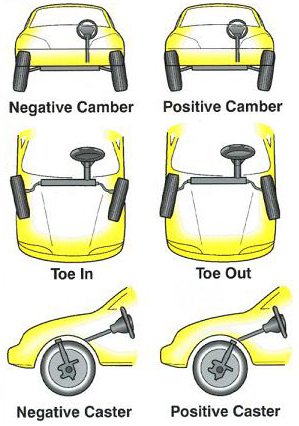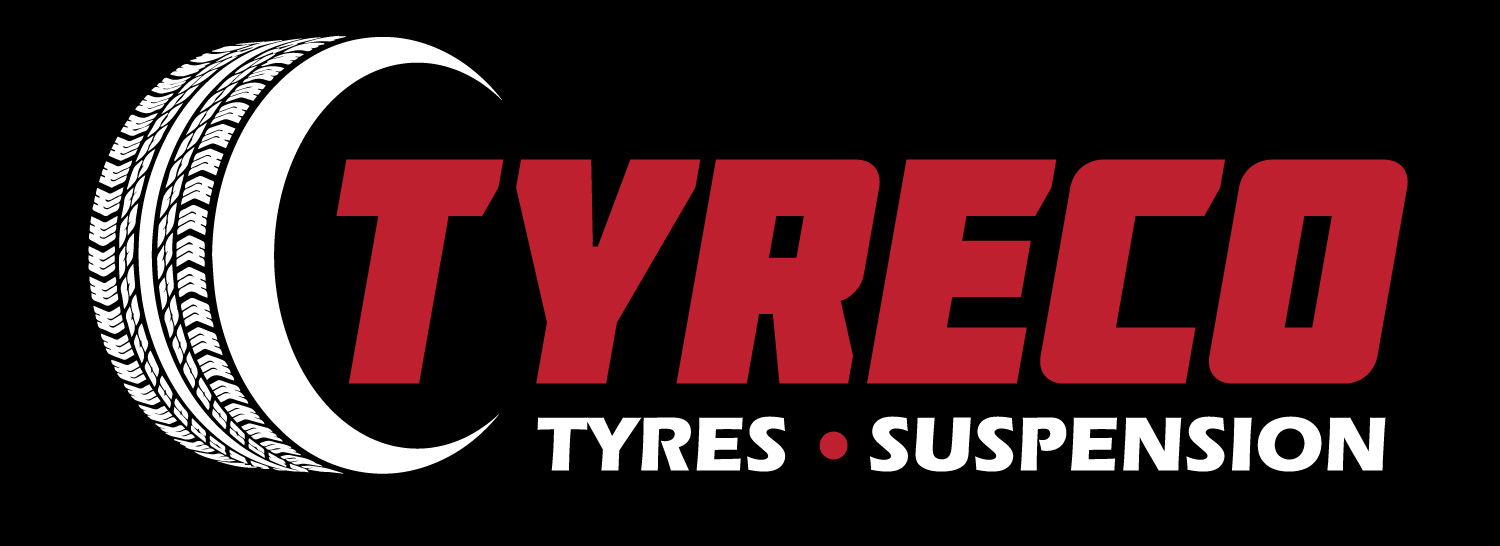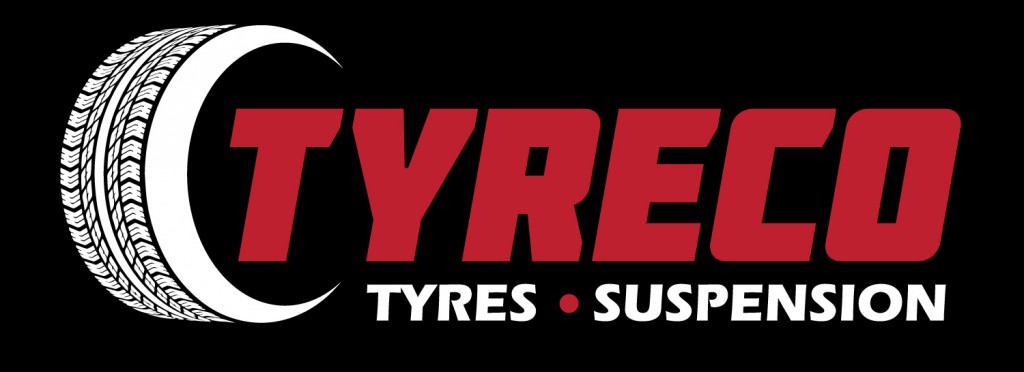Wheel alignment is one of those important but often-neglected regular maintenance items. Though in reality, its more about measuring and setting the cars steering and suspension geometry than aligning wheels.Geometry involves angles and there are some common angles that are checked and set during a wheel alignment. The aim is to ensure maximum tyre contact with the road under actual driving conditions such as cornering or traveling straight, accelerating or braking. It also ensures the car will track straight rather than wander or pull to one side. The angles that are set with the car stationery make allowance for the natural geometry changes that can be expected to occur when the car is in motion.

Incorrect alignment can result in excessive or uneven tyre wear, compromised handling, reduced directional stability, increased fuel use and reduced safety. Tyre wear resulting from misalignment is normally caused by incorrect toe or camber settings. If your steering wheel is off-centre, tyres are wearing unevenly, you have hit large potholes or kerbs, or your car pulls to one side, it may need realignment. Alignment should also be reset after steering or suspension repairs and when tyres are renewed to ensure maximum tyre life.
Some vehicles will only require a front wheel alignment, though most modern cars will need a four-wheel wheel alignment.

